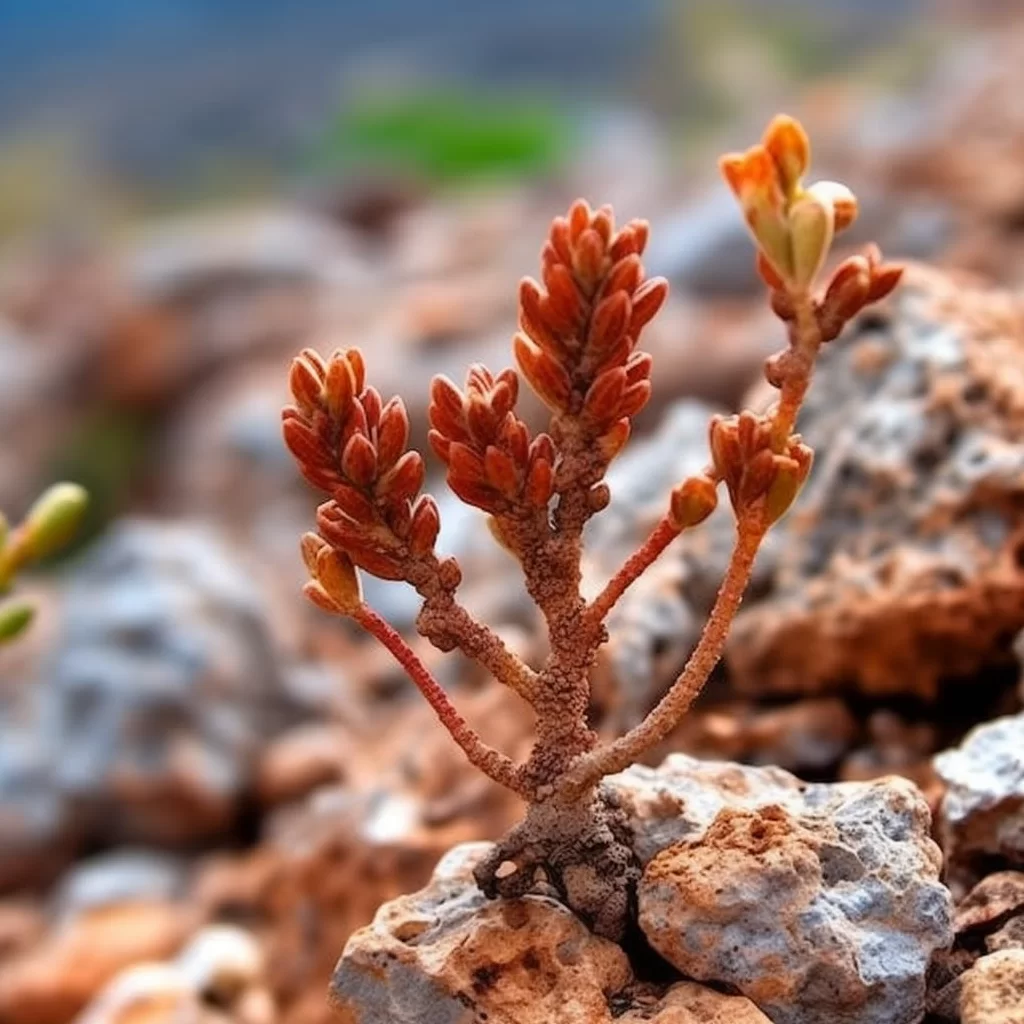Story of Day :
Contents
- 1 The Myrrh Plant: A Complete Guide and Care Tips for the Gardener
- 2 What is a Myrrh Plant?
- 3 Why Grow a Myrrh Plant?
- 4 Where Can You Grow Myrrhs? Myrhh plants require lots of sunlight but thrive under hot temperatures within USDA Hardiness Zones 10-12 (minimum temperature being around 30°F/-1°C) . It is an arid plant that needs well-drained soil that’s not too moist ideal for dry and rocky locations. When planting, mix some sand or perlite with the topsoil to ensure good drainage. How To Plant a Myrrh Plant?
The Myrrh Plant: A Complete Guide and Care Tips for the Gardener
If you’re looking to add some exotic flair to your garden, look no further than the myrrh plant.
This ancient herb has been used for medicinal and spiritual purposes since biblical times and is valued for its aromatic resin.
In this article, we’ll guide you through everything you need to know about growing and caring for this fascinating plant.
What is a Myrrh Plant?
Myrrh (Commiphora myrrha) belongs to the same family as frankincense.
The tree grows up to 13 feet tall in arid regions of Africa, Arabia, and India.
It has spiny branches with small leaves that fall off during droughts.
Why Grow a Myrrh Plant?

Historically, myrrh was highly prized due to its various uses such as medicine-making, perfume production or even embalming rituals! As an herbal plant today it is still widely used in modern medicine – from reducing inflammation of arthritis pain relief – due mainly to its active compounds such as terpenoids like furanoeudesma-1 -3-diene which gives it anti-inflammatory properties as well antioxidant capabilities.Aside from medicinal purposes, planting a myrrh plant can also bring an interesting dimension of beauty in your garden! The small white flowers produce colorful red fruits once they mature that will attract birds throughout their ripening stages – while the tree’s bark exudes resins with fragrances that are simply amazing!
Where Can You Grow Myrrhs?
Myrhh plants require lots of sunlight but thrive under hot temperatures within USDA Hardiness Zones 10-12 (minimum temperature being around 30°F/-1°C) .
It is an arid plant that needs well-drained soil that’s not too moist ideal for dry and rocky locations.
When planting, mix some sand or perlite with the topsoil to ensure good drainage.
How To Plant a Myrrh Plant?

To start growing myrrh from seeds, sow them in pots during springtime and keep them indoors in warm temperatures.
After germination and the seedlings sprout their second set of leaves, move them outside to be exposed to natural light.For more rapid growth rates, it is better to buy seedlings or mature plants from reputable nurseries since they may take years before they become mature enough to yield resins.
How To Care for a Myrrh Plant?
- Water: Myrhh plants do well when watered sparingly – about once a week after planting.
Keep the soil dry but make sure not let it dehydrate completely as this could lead to unhealthy tree growth.
- Fertilizer: Apply compost or organic fertilizers twice annually on young trees just before rainfall season begins.
- Pest Control: Keep an eye out for pests like scale insects which are attracted by the plant’s sweet sap , these can create yellow spots on its foliage hence reducing its aesthetic value! Use organic solutions such as neem oil solution mixed with water applied every 1-3 weeks depending on severity of infestation
- Sunlight Exposure: These plants require full exposure to sunlight.
This means placing your pot garden where it can get at least 6 hours of direct sun each day.
- Maintenance Pruning: Regular pruning is recommended since this encourages bushier tree growth which helps in increasing quality yields of resin.
Harvesting and Storing Myrrh Resin

The myrrh plant typically produces its first harvest after three years.
To gather the resin, make a shallow cut on the bark’s surface using a sharp tool like a knife or small chisel.
The tree responds to these cuts by producing fragrant resin as an immune response to protect itself from infection.After harvesting your myrrh sap, store it in glass containers with tight-fitting lids away from direct sunlight and heat sources.
Conclusion
Growing myrrh plants can be a rewarding experience for any gardener who is looking for something unique that comes with many health benefits.
As long as you give it proper care through watering, pest control, pruning and placement within appropriate temperatures zones – there is no reason why you won’t have healthy trees producing aromatic resins for years to come!
